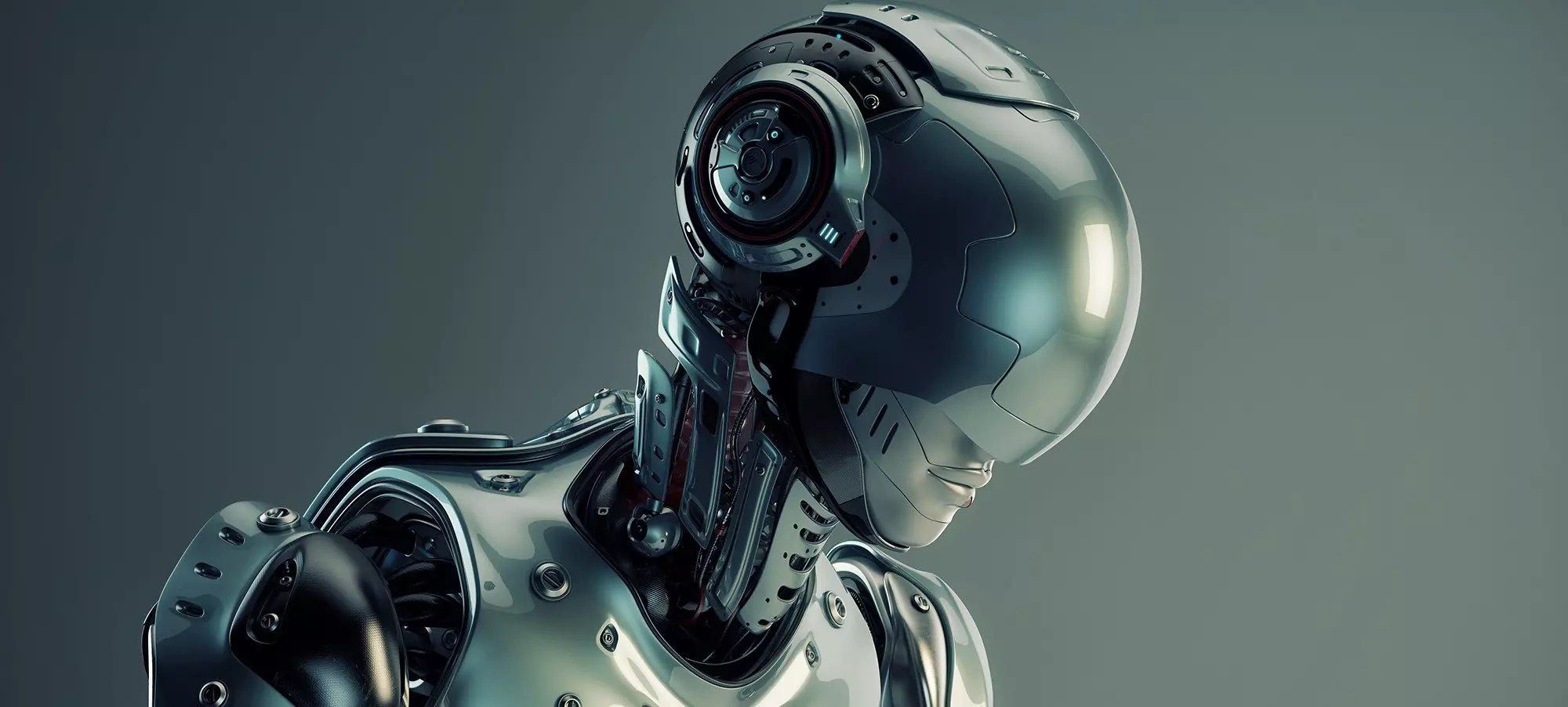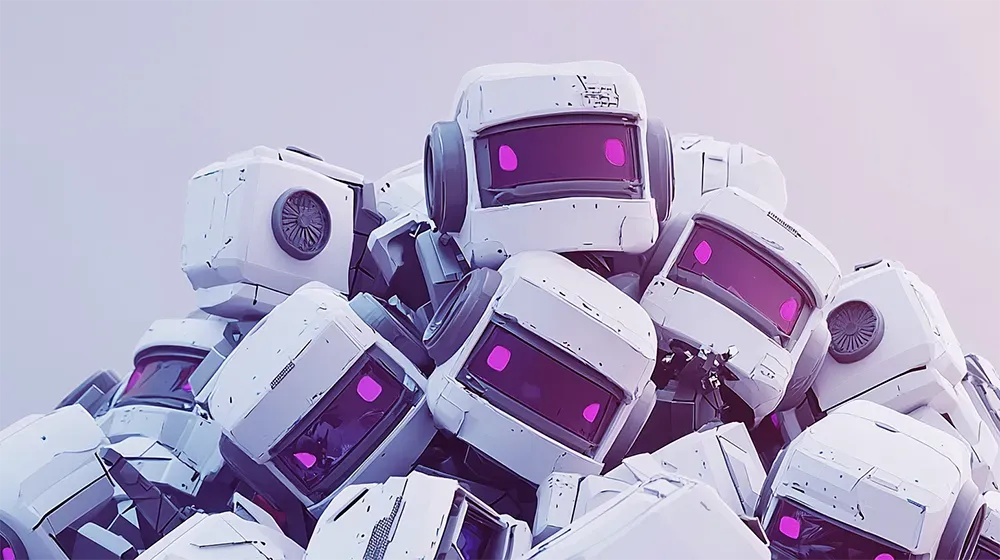Are You Ready to Have a Robot as Your Boss?

Artificial intelligence (AI) and robots have slowly but steadily made their way into a variety of industries spanning fast food to the financial sectors. This expansion is projected to continue and is forecasted to replace a considerable amount of jobs. A Forrester report notes that AI can replace as many as six percent of jobs by 2021. A PwC reports notes that many jobs across the globe will be affected by the 2030s, including 38 percent of U.S. jobs; 35 percent of jobs in Germany; 30 percent of U.K. jobs, and 21 percent of occupations in Japan.
There is no doubt that AI and robots can replace frontline workers who complete routine tasks. But what does this mean for managers, supervisors and even executives? Are today’s workers ready to have robots be their future bosses? Here are some factors to explore.
The Robots Are Coming
There are several reports about the positive and adverse implications of Artificial Intelligence. AI and robots are expected to increase production and efficiency in the workplace and increase salaries. They are even expected to increase jobs in sectors that are difficult to automate, such as health care, social work, and education. However, the influx of a robot workforce could also mean a wider gap in social and economic inequality. Frontline workers with routine tasks are expected to experience higher job losses than those in professional positions. One report notes that AI could threaten up to 47 percent of jobs in the U.S. job market alone within 20 years.
AI is expected to replace 83 percent of jobs paying $20 or less per hour compared to 4 percent of jobs paying $40 hour or more. AI is expected to threaten as much as 44 percent of the retail sector, 46 percent of manufacturing and 56 percent of transportation and storage. However, AI can also threaten managerial positions. Here are just a few jobs that are slated to be impacted by AI and robot automation:
- Bank tellers and representatives
- Insurance claims representatives and underwriters
- Financial analysts
- Construction workers
- Food service workers
- Airplane pilots
- Inventory managers and stockers
- Middle management roles
- Manufacturing workers
- Benefits and compensation managers
- Journalists
The Robots Are Here
The reality of the robot and AI revolution has present-day implications, with several companies using it to automate their organisations. Here are some companies already putting AI and robots into action:
- Jobalign. This job placement site uses AI to evaluate job candidates with intelligent voice analysis algorithms. Jobalign‘s algorithm evaluates speech elements that are paralinguistic, including inflexion and tone. The AI then uses this information to anticipate the emotion the voice will draw out. The goal is to use this analysis to suggest the ideal work that the candidate would best perform.
- DHL. DHL is experimenting with “cobots” — robots that work alongside warehouse employees. The robots can fit on a desktop and can handle several functions once taught, such as picking and packing or even getting coffee for co-workers.
- McDonald’s. McDonald’s is experimenting with robots that take orders in the form of kiosks.
- Fidelity Investments. Fidelity Investments is replacing more workers with robo-advisors to manage portfolios. It’s Fidelity Go robo-advisor helps with decision-making, such as suggesting investment strategies and generating monthly reports.
Startups, such as B12 and Kik, are already providing the AI services that today’s innovative companies need. For example, B12 is using its open-source AI-powered project management system, Orchestra, as a project manager to coordinate website build-outs. The AI software coordinates human workers, such as copywriters, designers and client managers, to complete projects. For example, the program creates new Slack groups when a client requests revisions to enhance the website. It then locates and assigns tasks to the human workers who would best complete the task. The AI program can also provide feedback and check the work of human workers.
Kik helps McDonald’s and other fast-food chain restaurants automate their food ordering process. Customers can scan Kik codes — which are similar to QR codes — using their cell phone to start the McDonald’s bot to place orders. Kik also provides social media management services and even proxied a celebrity’s social media account to chat with 90,000 fans.
All of this current use and experimentation and the projected use of robots receive mixed reactions from workers. Some studies indicate that workers are receptive to robots as their bosses or managers. There are also reports that show demonstrations against job loss.
Implications for Bosses
While there is much focus on the adverse implications of the AI and robot revolution on frontline jobs, it can impact the roles of professionals and managers, too. AI could replace routine administrative tasks and financial-based decision-making processes. Managers need to think of strategies to educate and prepare workers and assist them with job realignment. They should also take actions to reduce increased income inequality, such as reduced workweeks and skills training. Managers will also have to redefine and rethink their roles and consider collaboration and creative thinking with AI and robots. They will be able to collaborate with intelligent systems by using them as an advisor or assistant to help them explore different scenarios or evaluate the consequences of their decisions. For example, AI can provide an investment analysis to assist a stock portfolio manager with predicting the industries that are most likely to perform well in the quarter following a rate increase. Collaborating with AI can also raise questions that require redefining key performance indicators and accountability, including “who is responsible for process errors?” and “how are KPIs defined for AI?”.
Final Thoughts
The AI/robot revolution is steadily growing and has already entered the world, taking over and experimenting with a variety of roles from warehouse jobs to project management. CEOs and enterprise leaders can approach the automation and robotisation of their organisations by rethinking and redefining work roles, and considering what the future role of current managers and employees will look like for their business. Managers should work to incorporate skills training, AI partnership strategies and plans for reducing job loss issues within their AI strategy, because before you know, you’ll have a robot as your boss.
Image source: Ociacia/Shutterstock





